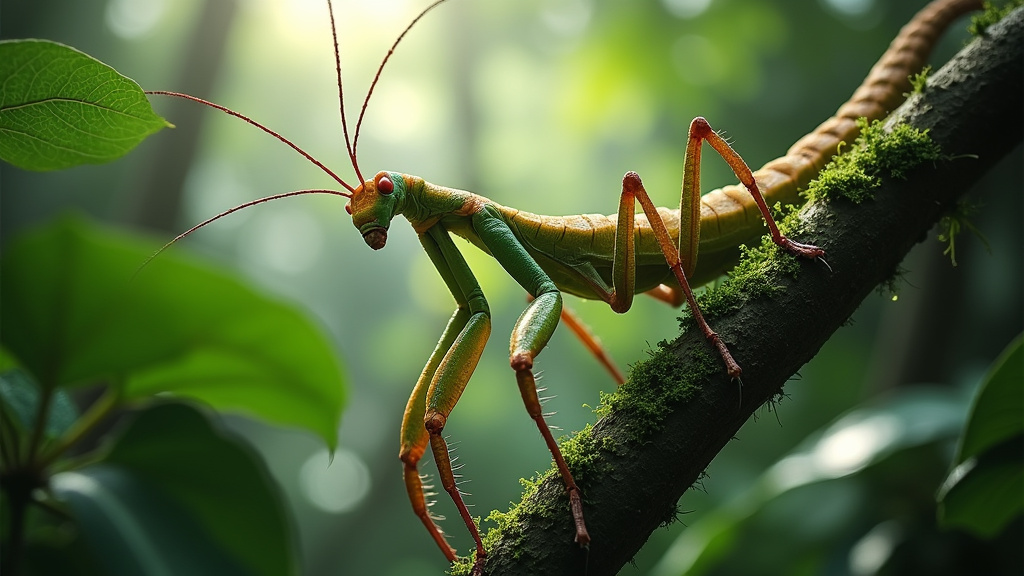In the lush, high-altitude rainforests of North Queensland, Australia, a remarkable discovery has been made, placing a new species firmly in the spotlight: the giant stick insect, scientifically named Acrophylla alta. This extraordinary creature has now been officially identified as the heaviest insect found in Australia, a testament to the region’s incredible biodiversity and the vast, often untapped, wonders of our planet’s ecosystems.
A Giant Among Insects
The sheer scale of Acrophylla alta is astounding. Reaching lengths of up to a staggering 16 inches (approximately 40 centimeters), this remarkable specimen dwarfs many of its insect relatives. Even more impressively, its weight tips the scales at around 44 grams. To put this into perspective, this is significantly heavier than most commonly known large insects, making it a true heavyweight champion in the Australian insect kingdom. This discovery offers a compelling narrative that is quickly becoming trending news among naturalists and the broader public alike.
Unveiling the Biodiversity of North Queensland
The discovery of Acrophylla alta underscores the immense biodiversity that still thrives, largely unexplored, in remote regions like the high-altitude rainforests of North Queensland. These ancient ecosystems, characterized by their unique flora and fauna, continue to yield fascinating new species, reminding us how much we still have to learn about the natural world. The rainforests themselves are a critical part of Australia’s natural heritage, and discoveries like this highlight the importance of their ongoing conservation.
This giant stick insect’s existence emphasizes that even in well-studied continents like Australia, the extent to which Earth’s ecosystems remain unexplored is vast. Scientists are constantly working to document and understand the intricate web of life that exists, and Acrophylla alta serves as a powerful symbol of the undiscovered marvels that await. The initial reports of its size and weight have created a considerable buzz, making it a hyped discovery in scientific circles.
Implications for Ecological Understanding
Finding an insect of such substantial size and weight has significant implications for our understanding of insect physiology and the ecological roles they play. The energy requirements and structural adaptations necessary for an insect to reach these dimensions are considerable. Further research into Acrophylla alta could reveal new insights into evolutionary processes and the limits of insect gigantism. This breakthrough is certainly making news headlines globally.
The research team responsible for this find has expressed excitement about the implications for entomology and conservation science. Identifying Acrophylla alta not only adds a new species to Australia’s faunal list but also raises important questions about its habitat, diet, and lifecycle, all of which are likely as unique as its size.
A Glimpse into the Unseen World
As images and details of Acrophylla alta begin to go viral, it serves as a potent reminder of the incredible diversity of life on our planet, much of which remains hidden from view. The high-altitude rainforests, often difficult to access, are likely reservoirs of countless other unknown species, each with its own story and ecological significance. This discovery is undoubtedly at the top of recent biological finds.
The discovery of Australia’s heaviest insect, Acrophylla alta, is more than just a record-breaking event; it is an invitation to appreciate the complexity and wonder of the natural world. It highlights the ongoing need for scientific exploration and the critical importance of preserving these vital ecosystems for future generations, ensuring that such magnificent creatures can continue to thrive, unseen and unappreciated, until their time in the spotlight arrives.





